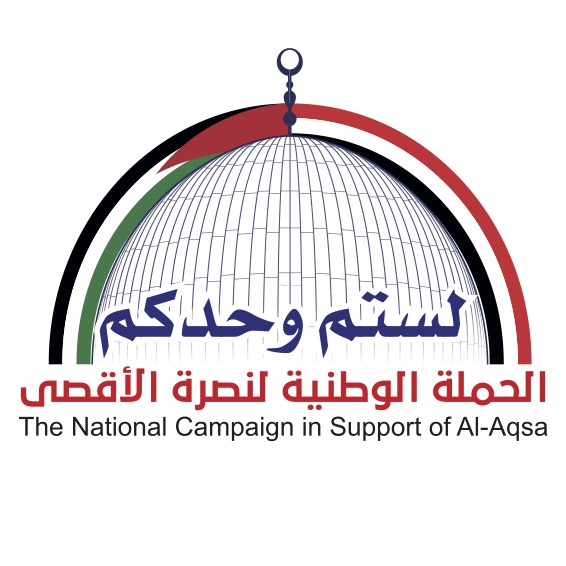SANAA, Dec. 22 (Saba) -Hadramawt is Yemen’s largest governorate. It is also its wealthiest in terms of natural resources. Most of Yemen’s remaining gas and oil reserves are located here. For instance, a single block, Block 19, located within the Say’un-Masila Basin, accounted for more than 32 percent of Yemen’s oil production before most of the country’s oil and gas exports went offline following the Saudi-led intervention.
In a wider sense, Hadramawt includes the territory of Mahra to the east all the way to the contemporary border with Oman, This encompasses the current governorates of Hadramawt and Mahra in their entirety as well as parts of the Shabwah Governorate.
The capital and largest city of Hadramawt is the port Mukalla. Mukalla had a 1994 population of 122,400 and a 2003 population of 174,700, while the port city of Ash Shihr has grown from 48,600 to 69,400 in the same time. One of the more historically important cities in the region is Tarim.
By far the largest of the six federal regions will be Hadhramaut – created by adding Shabwa and al-Mahra provinces to the existing province of Hadhramaut, the newly-expanded Hadhramaut will account for more than 50% of Yemen's land mass and more than 80% of its oil production.
Unlike Sanaa and its surrounding mountainous regions, water is widely available in Hadhramaut, the water table is located at shallow depths of as little as 30 meters in populated areas of the Wadi Hadhramaut. Hadhramaut’s shoreline of over 1,000 kilometers spans the Arabian Sea, the Gulf of Aden and the Indian Ocean waters of Socotra, and has vast potential as a location for commercial fishing projects and aquaculture ventures, the population of the new federal state of Hadhramaut is barely over 2 million people, a mere 8% of Yemen’s estimated total of over 25 million citizens. Hadhramis profess they are the descendants of Qahtan, the son of the prophet Hud, the great-great grandson of prophet Noah, many have also identified the prophet Hud as the prophet Eber of the Old Testament: the annual pilgrimage to the tomb of the prophet Hud in Hadhramaut has been going on for thousands of years.
While conservative, the Islamic traditions that have predominated in the Hadramawt have generally been moderate and influenced by various Sufi traditions. However, beginning in the early 1980’s, Saudi Arabia, much as it did across the Muslim world, began funding a host of Salafist and Wahhabi-inspired imams, mosques and religious centers in the Hadramawt.
The Hadhramis live in densely built towns centered on traditional watering stations along the wadis. Hadhramis harvest crops of wheat and millet, tend date palm and coconut groves, and grow some coffee, on the plateau, Bedouins tend sheep and goats, society is still highly tribal, with the old Seyyid aristocracy, descended from the Islamic prophet, Muhammad, traditionally educated, strict in their Islamic observance, and highly respected in religious and secular affairs.
In the Christian era, the Gospel of Matthew immortalised the three kings who gave gifts of gold, myrrh, and frankincense to the infant Jesus in Bethlehem. Historians have argued that the kings’ graves were discovered in Hadhramaut by Byzantine empress Helena in the 4th century CE, who interred their bodies in the Hagia Sofia of Constantinople, in the 12th century CE, the three kings were moved again and rest to this day in a gold triple sarcophagus in the Cologne Cathedral of Germany.
Indeed, the three kings’ gifts hint at their southern Arabian origins, the ancient frankincense road started from Hadhramaut and Dhofar, winding its way through Yemen and the deserts of the Arabian peninsula to transport frankincense and myrrh to Egypt, the Byzantine empire, and beyond, thanks to their centuries long frankincense monopoly and now long forgotten gold mines, the ancient Hadhrami, Sabaean, and Himyari kingdoms that ruled southern Arabia amassed magnificent wealth, these South Arabian kingdoms were principally Jewish or Christian at various times until the advent of Islam in the 6th century CE.
Faint whispers of this ancient past still echo in contemporary Hadhramaut. Massive deposits of gold were discovered in 2009 in Hadhramaut’s Wadi Medden, just west of al- Mukalla city. The unexploited gold discovery has an estimated two million ounces of gold, worth over US$4 billion at current market prices, Myrrh and frankincense trees still grow wild in Hadhramaut, and their fragrant resins are to this day widely used by the Hadhramis for bukhur (incense).
Historically, Hadhramaut was known for being a major producer of frankincense, which was mainly exported to Mumbai in the early 20th century, the region has also produced senna and coconut. However, Saudi Arabia’s interest in the Hadramawt extends well beyond religious proselytism and protecting the interests of wealthy families like the Bin Ladens. The Kingdom’s primary interest in the governorate is the possible construction of an oil pipeline. Such a pipeline has long been a dream of the government of Saudi Arabia (Wikileaks, June 6, 2008; Yemen Times, April 9, 2012). A pipeline through the Hadramawt would give Saudi Arabia and its Gulf State allies direct access to the Gulf of Aden and the Indian Ocean; it would allow them to bypass the Strait of Hormuz, a strategic chokepoint that could be.
All parties involved in the current conflict, including AQAP and the Islamic State, are keenly aware of the strategic and material importance of the Hadramawt, the natural resources in the Hadramawt are critical to the economy of a unified Yemen, its extensive coastline, its ports and oil handling infrastructure and its border with Saudi Arabia mean that the Hadramawt is a strategic prize for whatever group that can control the governorate—either directly or via a proxy force, while much of the governorate is presently relatively stable when compared with other parts of Yemen.
Written by Mona Zaid
Saba

| more of (Tourism) |



